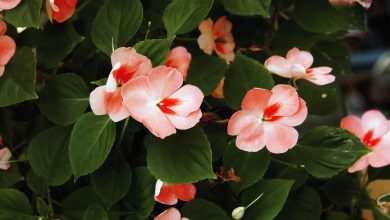How to use worm castings correctly
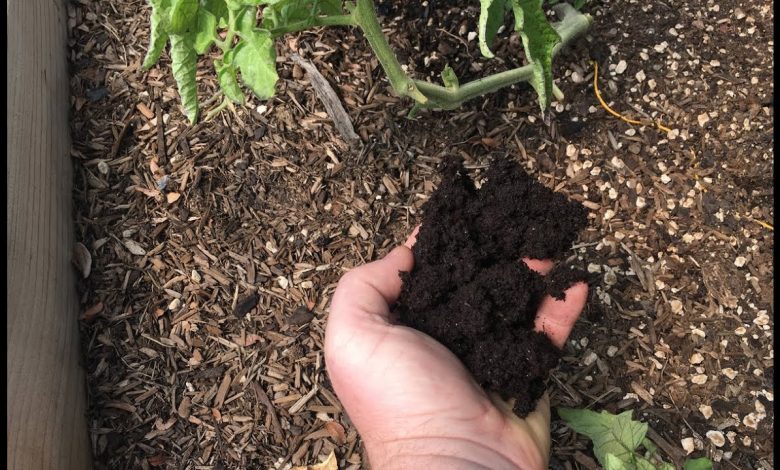
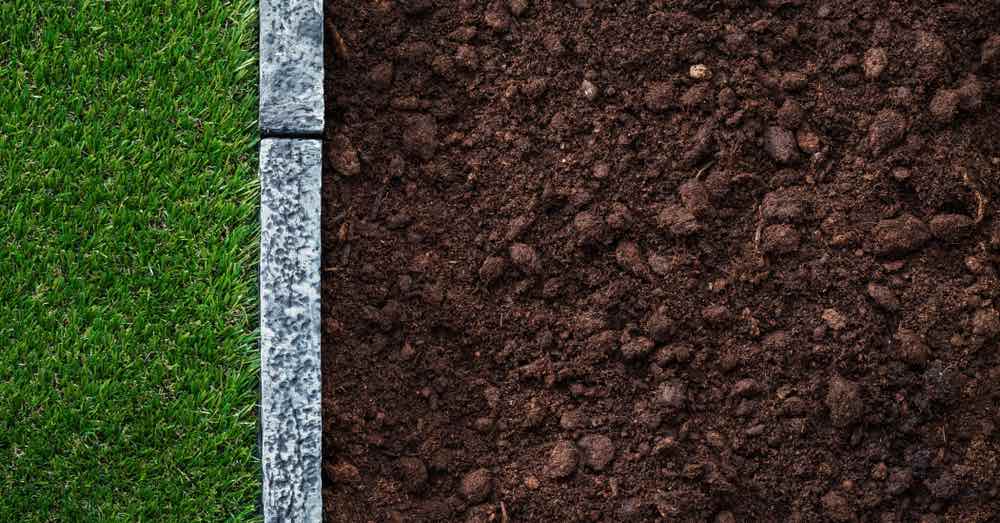
It is one of the star organic fertilizers today but, despite its fame, it also raises many questions. Before even knowing how to use worm castings, it is essential to understand something even more important. We refer not only to what it is but, above all, to what it contributes to the soil of an orchard or garden. And here, precisely, is where we clear the first doubt. Although it is mainly used for the garden, worm humus is an exceptional ally for lawns or flowering plants. But let’s take it easy.
Before going into details about how to use worm castings, you have to understand its importance. And it is not secondary. Keep in mind that in the United States this fertilizer is nicknamed «black magic». A relatively recent nickname for this land with earthworm detritus if we take into account that the use of this type of fertilizer dates back to ancient times. And, although the Roman Empire was in charge of expanding its use, we owe the real credit to Egypt. Such was the weight of this fertilizer that Cleopatra designated the earthworm as a sacred animal. A way to protect it from the hand of man and ensure, incidentally, the natural fertilization of the land.
Let’s see what its characteristics are and how to use earthworm humus. The best way to use this source of nutrients properly.
BENEFITS OF USING WORM HUMUS
Before knowing how to use worm castings, it is important to understand its weight for both the gardening and horticultural world.
As we said, it is the best universal organic fertilizer that exists. And, added, it is completely natural. Its main richness lies in the fact that it is the result of the composting carried out by the worms of those remains and waste from the orchard and garden. Thanks to the digestion of these annelids, the result is a substrate rich in fulvic humic acids. What is this? Well, in short and to be clear, an incredible rooting stimulant. And this is not the only benefit of the composition of this substrate. In addition to having top-level nutrients, earthworm humus has another fundamental virtue: it is easily assimilated by plants.
Good. We already understand what this apparent black earth contains. Now let’s see in detail what this natural amendment brings if we know how to use earthworm humus.
1. Improves soil structure
One of the fundamental pillars of any crop, both with regard to garden plants and plants in general. Using earthworm humus not only favors soil aeration. It also helps to improve a clay soil, giving it a more sandy grain. Finally, its texture also improves the texture of the soil. And it does not have a positive impact on plant life. It also allows us to work the soil more easily and without resistance.
In addition, its presence combats the soil’s own erosion.
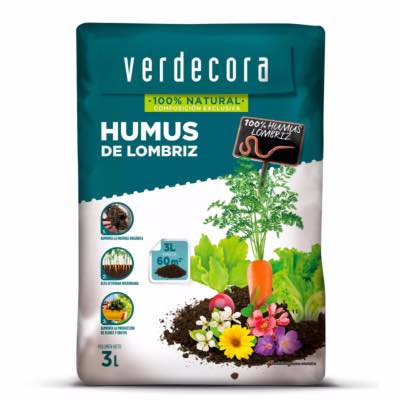
2. Increases the ability to retain nutrients
Seen under a microscope, humus has a good number of microorganisms. And, in addition, it seeks the presence of some very important ones: mycorrhizae. Some fungi that facilitate the absorption of nutrients in the root and that colonize the soil, providing it with water and nutrients. For this reason, those plants correctly fertilized with earthworm humus have a larger size than those that are not.
3. Protect crops or plants
And we continue with all those microbes present in the humus. Because, contrary to what we may believe, its presence allows the plant to be protected. This organic fertilizer has a natural antibiotic capacity, which improves the resistance of plants to any attack.
It is also essential when transplanting, as it helps prevent diseases typical of these moments of stress in plants.
HOW TO USE WORM HUMUS CORRECTLY
Understanding why we should use it, it is essential to know how to use worm castings. Because, if it had crossed your mind to use it as if it were a normal substrate, you can discard the idea. It is clear that its presence is essential for any plant for what we have just commented. But we must not lose sight of the fact that it is a fertilizer. For this reason and as we would do with any other fertilizer, we have to use it mixed with other types of substrates for plants. It is clear that, if we go too far, we are not going to burn the plant as it happens with other fertilizers. But you also have to keep in mind that, for a plant to develop, it must do so with a balance. And, for this, it is essential to mix this natural fertilizer with othersubstrates.
Since it is a valid fertilizer for almost any plant, let’s see in detail how to use worm castings in different scenarios.
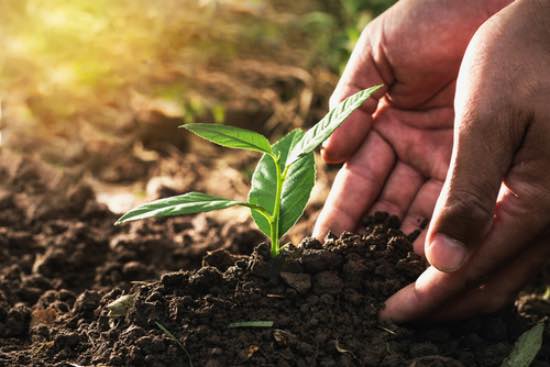
How to use worm castings in the garden
It is, perhaps, where the question of how to use worm castings arises the most. And is not for less. The range of options in the orchard brings with it different ways of using this fertilizer. And, in each of them, it has a different way of being applied.
- If we want to fertilize already planted orchard plants, the ideal is to distribute it on the cultivation soil using a proportion that ranges between half a kilo and one kilo per square meter
- If we are at planting time, we can apply between 50 and 100 grams directly on the root ball of the plant. It will not only facilitate germination. It will also promote future plant growth
- For both stone and pip fruit trees, it is advisable to rake the soil from the base of the trunk and add between three and seven kilos. An amount that we can freely manage, and that will depend largely on the size of our tree. We can also carry out this practice with vines and vines, even without the need to pad the ground.
By the way: if we use earthworm humus in the garden, we will notice it incredibly in its fruits. Not only will they be larger, but they will also have more flavor.
How to use worm castings on the lawn
Whether we are in the middle of lawn care in February or if we have postponed it, worm castings will be a fantastic ecological fertilizer for this time. It is also ideal for when we consider reseeding the lawn in the fall or spring.
How to use the earthworm humus does not vary in methodology in either of these two tasks, but it does vary in quantity. While if we use it as fertilizer with half a kilo per square meter it will be enough, sowing is more demanding. For this work, we will need about three kilos per square meter.
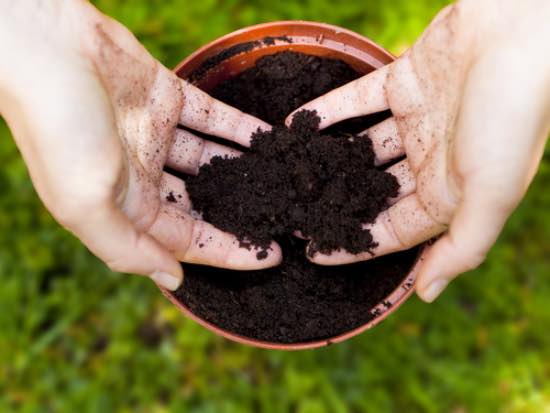
How to use worm castings for potted, ground-planted, and ornamental plants
One of the less common uses of worm humus, but which has been gaining ground as the benefits of this amendment are known. Again, as in the garden, how to use worm castings on plants varies substantially depending on their characteristics and where they are planted.
- Potted plants need a regular application of worm castings and in small amounts. The ideal is to apply it four times a year, and using between 30 and 50 grams in each dose
- For rose bushes and shrubs, the ideal is to apply half a kilo of this amendment at the base and surroundings.
- In the case of ornamental trees, we will have to pad the base of the tree and add between two and four kilos to the original substrate
How to use worm humus in transplants
The moment of planting any plant is one of the most compromised for its health. Usually, the change of pot or place is a stress for the plant. Something that makes you lower your guard and be more exposed to diseases and pests. Something especially sensitive in plants with bare roots and trees. To help them protect themselves but also to promote rooting, nothing like using earthworm humus. It is advisable to make a paste with water and this amendment, and put the roots in it before transplanting.
– It is recommended to make the mixture in cultivation support such as urban garden tables, mini-gardens or pots.
Now that you know what it provides and how to use earthworm humus, incorporate it into your fertilizers! You will enjoy healthier and more beautiful flowers, plants and fruits. Any gardener or orchard lover’s dream!

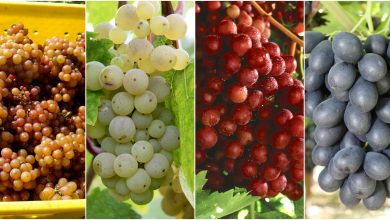
![Photo of Agave: [Care, Characteristics, Planting, Irrigation and Problems]](https://www.complete-gardening.com/wp-content/uploads/2022/08/agave-care-characteristics-planting-irrigation-and-problems-390x220.jpg)
